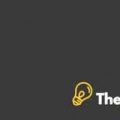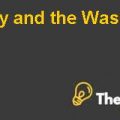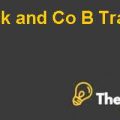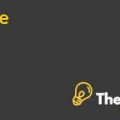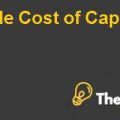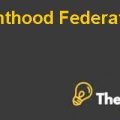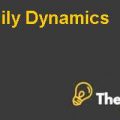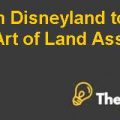FINCHCO CASE
Introduction
FINCHCO is the company that has the 2nd generation family business that is established in 1938 in Montreal and the head quate5r of the company is located in Markham. While the company was one of the leading companies that operate its distribution operations regarding the industrial handling equipment across Ontario and Quebec. There are various manufacturers of industrial equipment across the globe, so these companies use the distribution services of the FINCHCO. The company operates its operations through a network of fourteen local and regional branches in both Ontario and Quebec.
The company had a deep-rooted business in the distribution of the industrial material handling equipment, while the company held an exclusive distribution agreement with the three largest original manufacturers of equipment in the United States, and Japan. The key products of the FINCHCO are used in the various industrial sectors to improve the efficiency of both warehousing and manufacturing furthermore the company also provides various services, maintenance, and parts for their product lines. (Pooley, 2011)
Problem Statement
Question No. 1
The owner of the FINCHCO contemplated selling the company to a small private equity firm, but the CEO of the small private farm had certain concerns with the method of evaluation of the FINCHCO to come up with the possible deal structure furthermore, FINCHCO has also presented an opportunity of examining the baring equipment. However, the FINCHCO is facing a problem regarding the presented opportunity it is because it has a lack of information and understanding regarding the baring equipment servicing as well as binding for the servicing contract.
Situational Analysis
Question No. 2
For the brief size-up of the company, we have performed the horizontal as well as vertical analysis of the company’s actual income statements for the years 2008, 2009, and 2010 and its forecasted income statements as well from the year 2011 to 2013.
From the horizontal analysis, it could be observed that the company’s net income has decreased in recent years which might be because of the bad economic conditions around the world due to the recession. In the year 2010, the EBIT of the company has been decreased by 50%, whereas in the forecasted years, it is expected to increase exceptionally.
From the vertical analysis of the company, it is observed that the company spends around 67% of sales on the costs of sales accounts, whereas the EBIT of the company is very less as compared to its % of Sales and that too is declining each year.
Question No. 3
For the Valuation of the company, we have used the DCF and Comparable Analysis of the company.
To do the DCF analysis of the company we firstly determined the WACC of the company, for that we calculated the cost of equity and cost of debt of the company. We used the WACC to discount the Free cash flows of the company and determine their NPV to find out the value of he enterprise. The WACC that we used in the DCF Analysis is calculated to be about 11%, whereas the overall NPV of the company is calculated to be $31,813,000.After subtracting the total debt of the company from this value we also determined the value of equity of the company to be $21,674,000.
From the Comparable analysis we have analyzed that the optimal P/E ratio of the company should be the 21.4 which is the average of the higher, median and low values from all of the comparable lists mentioned in the case. This implies that the investors would be expecting higher than that earnings from their investments.
Question No. 4
From the analysis we have calculated the present value of the Baring contract by using he DCF approach. It is observed that the company has expected to receive around 5 pc of the servicing potential in the year 2011 which would be increased by added 5% each year subsequently.
Furthermore, it is also expected that working capital of the company would be around 10 pc of the revenues, whereas the selling and general expenses are expected to be around 36 pc. The tax rate applied would be 30 pc, and the cost of capital would be around 11 pc which is equal to WACC.
The probability of materializing Baring operations in the company is 50 pc. It implies that the adjusted value of the company after probability is $1990166.....
This is just a sample partial case solution. Please place the order on the website to order your own originally done case solution.

